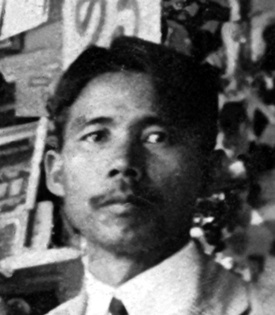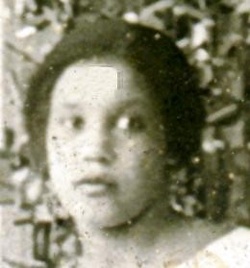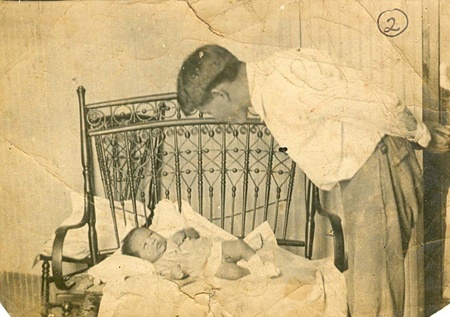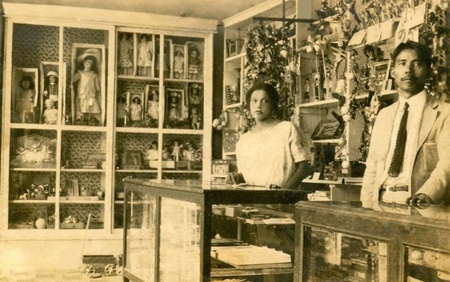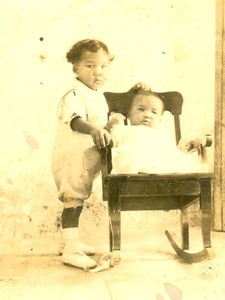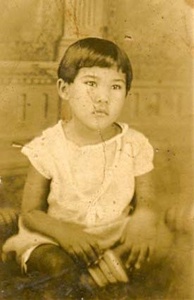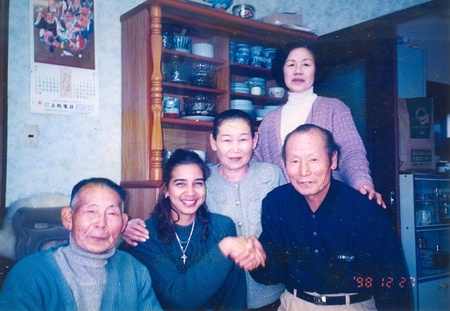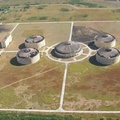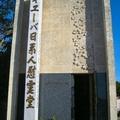My grandfather Kenichi Fujishiro, a Japanese who arrived in Cuba more than a hundred years ago and founded the first Japanese-Cuban family in the city of Santiago de Cuba, was the protagonist of an emotional life story that, although it contains elements common to that of other emigrants Japanese in our country, for us it is very special and unique.
This Japanese who arrived in Cuba at just 21 years of age in 1913, coming from Chiba-Ken, from the town of Fusamoto, which later formed part of the town known today as Otaki, son of the couple formed by Haru and Kokichi, who had four daughters and a male child: Kenichi, a condition that made him responsible for the continuity of the family name, the heir to the family properties and the guardian of the sisters.
Adverse circumstances for the Fujishiro economy force him to become an emigrant, a dekasegui , in search of prosperity to free his family from poverty.
Everything seems to indicate that he wanted to settle in Mexico, but it was not possible and he continued towards Cuba. After touring the island, his final destination was the city of Santiago de Cuba, where he landed seriously ill and was admitted to the city hospital.
His poor command of the Spanish language and the complexity of the pronunciation of his last name for the people of Santiago meant that he was only known as 'Japan', this was his new name until his death.
Once he recovered his health, he had the opportunity of a job at the hospital where he could also find accommodation and here he met a beautiful girl named Antonia Mustelier Baró, who worked as secretary to the head nurse. With her he establishes a special communication that becomes love.
The firm purpose of safeguarding this love made him take root in the land of Santiago, aware that this would imply the breaking of strict ancestral traditions that the only male child of the Fujishiro family had to comply with, and respecting everything related to the conservation of the "purity of the blood". However, he asked his parents for permission to marry, but it was denied; consequently, he was punished and excluded from the Japanese family framework.
The wedding took place on June 14, 1920. He suffered a lot by not having the acceptance of his parents, but he began a new life with the firm purpose of reaching the top and achieving prosperity for the newly created family, which is blessed with the arrival of children.
Entrepreneurial and creative, he started with a business selling hardware, which he called “Casa Japon,” but he is not satisfied and continually experiments with new projects.
He was a pioneer in the city of the sale of balloons inflated with helium gas, unknown until then by the people of Santiago. He also founded a small candy factory, unique for its flavor and shape, which the town quickly baptized with the name "Japanese." It is interesting that one hundred years after their creation, they are still sold today by street vendors who travel around the city.
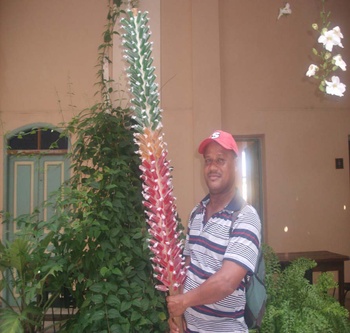
He earned the respect and admiration of all who knew him. He validated the integration of the Japanese presence as part of the human side that populated Santiago de Cuba at that time and became the representation of the country of the Rising Sun, since for many Santiago residents the first information about the characteristics of the distant and mysterious archipelago It came to them through him and popular memory made his story transcend his time.
Despite everything he achieved, he never forgot his family in Japan to whom he wrote and sent photos of his business, his wife, his first-born... in short, it was an insistent and sad monologue that lasted until the end of his days. days, because he never lost hope of receiving a response with forgiveness.
When it seemed that he had managed to make his dreams come true, he was surprised by a cruel illness that quickly led to his death and at only 33 years old, in 1925, his last breath was extinguished, but not before filling his young wife with advice and recommendations regarding to maintaining the business and raising their children: a one-year-old girl and a five-year-old boy.
For my grandmother, her longevity allowed her to enjoy her children, grandchildren and great-grandchildren. She dedicated herself to nourishing our imagination with stories about Kenichi, his history and about Japan, so we learned to love and admire the homeland of her beloved husband, to take pride in our Japanese blood in such a way that we felt offended when someone He called us “Chinese”, paying attention to our slanted eyes.
Kenichi Fujishiro did not leave his people material wealth, only his moral and ethical values. His spiritual legacy implied the commitment, even though we never met him physically, to maintain the image of the Japanese people that he represented.
The grandmother was no longer there when, thanks to coincidences and perseverance, after seventy years of silence, the dialogue that Kenichi longed for and dreamed of between his Fujishiro family in Japan and that of Santiago de Cuba could come true. Thanks to the visit of one of his yonsei to his homeland, the longed-for hug occurred, forgiveness finally arrived.
After long years, Kenichi Fujishiro returned to deep Japan to have his place in the pantheon and in the family altar of the town of Otaki alongside his parents and sisters, then, finally, he rested in peace.
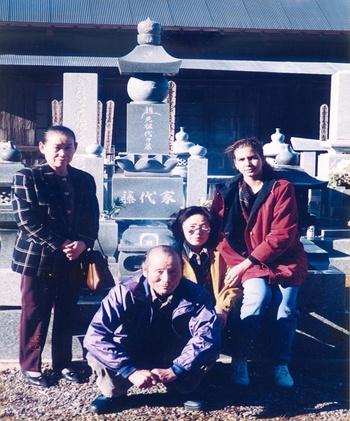
Now her sansei continue the grandmother's work in the new generations of the descendants of Kenichi, better known as 'Japan', it does not matter if the new members of the family carry the surname Fujishiro or not, there will always be someone who identifies them as belonging. the “Fuji” family, it does not matter that some memories could be veiled by legend.
All his life, Kenichi Fujishiro had to resolve the Koan that states “Tie a rope around Mount Fuji and bring it.” After more than 100 years, my grandfather unraveled the primary foundation of the riddle that goes beyond the literal meaning of the words, he has given it to us explicitly by having allowed our encounter with the origins, by offering us his enduring spiritual legacy and current, as a sign that we carry Mount Fuji with us, and its spirit, illuminated, has acquired its purest state.
© 2020 Lidia Sánchez Fujishiro


